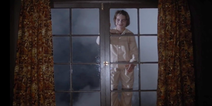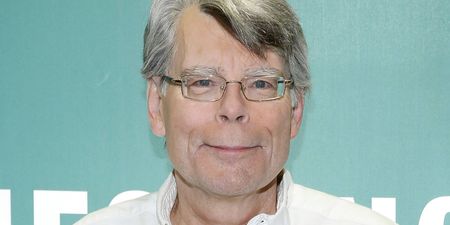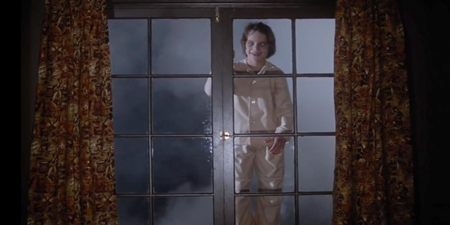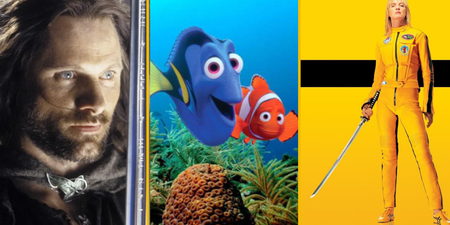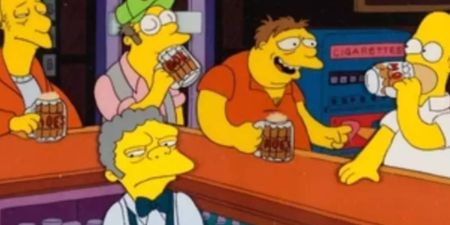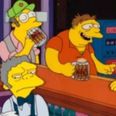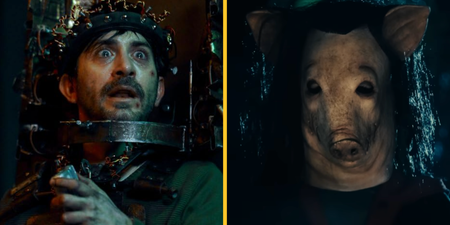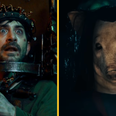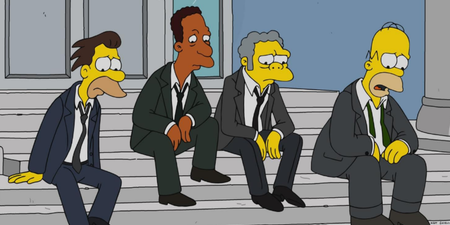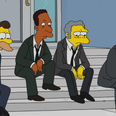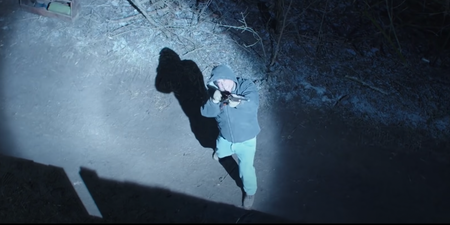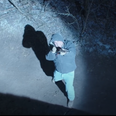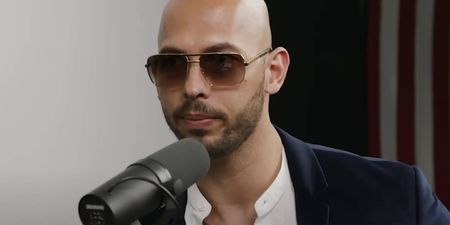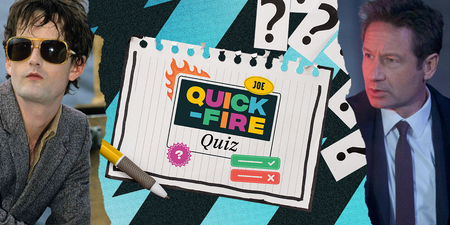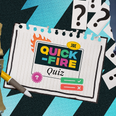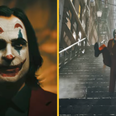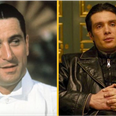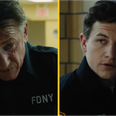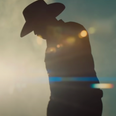Love or hate it, but you won’t forget it.
“Remember Red, hope is a good thing, maybe the best of things, and no good thing ever dies.” – Andy, The Shawshank Redemption.
The Shawshank Redemption, Frank Darabont’s 1994 classic, is just as powerful today because the writer/director understands one universal theme and it’s prevalent throughout -hope can never die.
Back in 1983, Frank Darabont was trying to establish himself in Hollywood. The first film that he wrote and directed was a short adaptation of Stephen King’s The Woman in the Room, which was one of the first “Dollar Babies” that King commissioned – essentially, the author would sell the rights to one of his lesser-known stories to an aspiring filmmaker.
Darabont’s version made the semi-finalist list for Academy Award consideration, they worked together on Shawshank and the rest is history.
Fast forward to 2017 and in a very twisted way, The Mist makes for a very interesting double bill with The Shawshank Redemption because if Andy and Red personified the belief that hope’s a precious, valuable and life-affirming thing, The Mist is the exact opposite.
Released 10 years ago this week, its ending still divides viewers.
If you haven’t seen the 2007 adaptation then you’re in luck because aside from the superb set-pieces, Lovecraftian demons and fully-formed characters, there’s much more at play.
The plot is pretty straightforward though.
After an eerie mist descends upon a small town, the residents must battle its threats, fighting to maintain their morality and sanity. David Drayton is the first to realise that there are “things” lurking in the mist…deadly, horrifying things…creatures not of this world. Survival depends on everybody in the store pulling together…but is that possible, given human nature? As reason crumbles in the face of fear and panic, David begins to wonder what terrifies him more: the monsters in the mist—or the ones “inside” the store, the human kind, the people that until now had been his friends and neighbours?
In terms of the most memorable cinematic villains of the decade, Marcia Gay Harden’s old testament-loving, wrath of God-enthusiast, evangelical nut-job is up there with the very best.
Toby Jones’ character Olly put it best when he said: “As a species, we’re fundamentally insane. Put more than two of us in a room, we pick sides and start dreaming up reasons to kill one another. Why do you think we invented politics and religion?” Essentially, this film is one big allegory for the idea that paranoia, fear, and hatred can trump all rational thought, morality, and reason.
Mmm, where else have we heard that rhetoric and ideology?
As Thomas Jane’s character states, if “you throw people in the dark, you scare the shit out of them – no more rules.” In this pit of dread, fear, and despair – all bets are off. What chance does hope have?
Much like Night of the Living Dead and The Babadook, Darabont’s film is clever enough to understand that the horror isn’t just confined to the monsters, spiders, critters, and demons that lie in the mist. There’s pure evil in the everyday people that we know.
As for the ending, well consider this to be your spoiler alert.
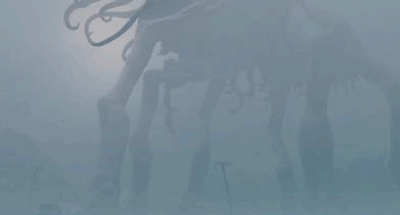
No wife. No way out. No spare bullets. No choice. No son. No hope.
In the book, the few remaining survivors who weren’t chomped by the monsters in the mist – or, indeed, killed by the religious zealots within the store in which they took refuge – all hop into a car and drive for a few hours in the mist, not entirely sure where they’re going, until they hear a single word over the radio: “Hartford”. They drive on in that direction with a sliver of hope.
In the movie, all hope is destroyed by the kick-to-the-balls ending, which sees the survivors driving through the monster-filled mist, and when they run out of gas, all realise that there is no hope and no point in going on. Our hero, David, shoots the others with their consent, except for his own 6-year-old son, who doesn’t understand, but David uses his last bullet to kill him. He gets out of the car, expecting to be killed by a monster, but instead, the mist clears and the army arrives to save the day. David, realising he’s killed his son and friends just seconds from being saved, drops to his knees and screams as the film fades to black.
King himself loved the new ending, telling Cinema Blend: “Frank wrote a new ending that I loved. It is the most shocking ending ever.”
Sometimes, we need a reminder that the world can be shit and Darabont’s film does that perfectly.
After the mist clears, there truly is no hope.
The Mist is one hell of a film. That ending really fucks me up though.
— Dex (@99dexterity) October 27, 2017
That's what I loved about the original film "THE MIST". Great non-Hollywood ending. https://t.co/Qr4etbpqB0
— WRITER KOLA BOOF (@KolaBoof3) November 20, 2017
Watching The Mist, love this movie (BEST ending in cinema history!)…watching it for the 1st time in Black and White though.
— a Juggalo (@Laneit360) September 25, 2016
https://twitter.com/GoodGuyDruu/status/800190941097144320
The Mist… Still love the twisted ending though, brilliant
— Scotty Voorhees (@scotty_voorhees) October 19, 2016
I just watched the mist and the ending is fucked up😭
— sam🪩 (@darliingstyles) November 14, 2017
I love the ending of The Mist
— Ari (@2DUMB2DlE) March 15, 2017
LISTEN: You Must Be Jokin’ with Aideen McQueen – Faith healers, Coolock craic and Gigging as Gaeilge


